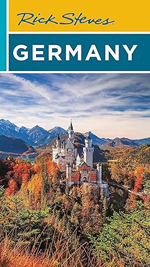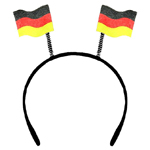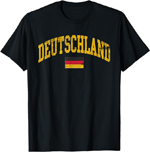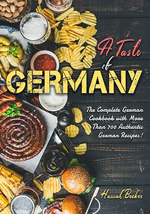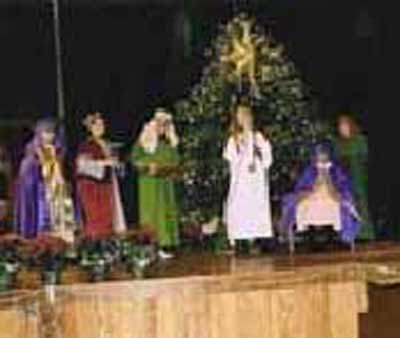The custom of Christmas in the Alps is much older than "Silent Night, Holy Night". The Germanic cultures of early years celebrated two large festivals, one in June when the days shortened and one in December when the sun grew stronger. The later (latter) was replaced by the Christians and became Christmas. The exact date this took place the first time no one really knows, but it was conceivable as early as the 5th century. We do know however, that the first Christmas tree was introduced first in Cleveland by Rev. Heinrich C. Schwan, in 1851 in the Zion Lutheran Church (now located at E. 30th Street and Prospect Avenue.) 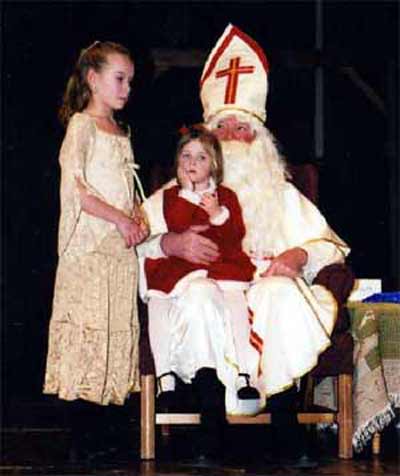
Do you believe in Santa? I do. Saint Nikolaus is no myth! He was a holy man who made his purpose in life to collect food and toys for the poor children and distributed them during the time of Christmas. In his honor most of the German speaking nations, especially in the Alps; celebrate December 6th, his patron "Saint Day" in memory of his good deeds. The "Christmas Holiday season begins in the German nations on "St. Nikolaus Day" December 6th. On this day St. Nikolaus with his helper, "Knecht Rupprecht" also known as "Krampus" in some part arrives on this day with a load of goodies and toys. Before he enters the house he sends "Krampus" ahead and often scares the small children with his mean appearance. He carries a long chain, a big sack and a whip with which he spanks the bad children, chains them and sticks them in his big bag. The children usually hid behind their mothers while their father wrestles with this bad guy and telling him; all the children in this house are good and throws him out of the house. After that St. Nikolaus enters the house but before he opens his bag with the presents the children sing a song for him and recite a poem to thank him for what his is about to give them. Among all the toys he gives each one an "Advent Calendar". An advent calendar is a cardboard box like frame with beautiful Christmas pictures with dates from December 6th. to December 24th.. The spaces of the dates pop out and out come a piece of chocolate. Now begins the children's "big eyed" anticipation till Christmas Day.
On Christmas Day December 24th early in the morning the father of the children goes into the forest to cut the beautiful tree he had his eye on for a long time and takes it home. The mother takes the children to the grandparents or to the Godmother. Then she goes home where the father has already mounted the tree on the fixture and they decorate the tree with nicely wrapped candies and nuts, figs and candles. Then they hide the beautiful decorated tree. Their mother cooks a wonderful supper and their father is going to get the children and after the Meal they can hardly wait any longer until the "Kristkindel" (Christ Child) is coming. Kris cringle has its origin from the German "Kristkindel".
As it gets dark outside one hears gentle bells wringing from a distance and as the wringing becomes louder the children are on pins and needles. The door opens and as the "Kristkindel" enters dressed in a white gown, while the children kneel down pray and stand up to admire the beautiful tree. Then they sing "Stille Nacht Heilige Nacht" Silent Night Holy Night. Again gifts are brought by the "Kristkindel", among them apples, oranges, nuts and a toy or two. The children sing several other songs together with their parents in front of the tree while the "Kristkindel" moves on to bring a tree and gift to other children. Now that the "Kristkindel is gone the children open their presents and eat and are allowed to take a candy from the tree and eat an orange or an apple. Time passes and it is time to go to the "Midnight Mass" down to the valley. On a clear night one can see the snow covered mountain light up in by the sparkle from light of the stars. The holidays are not gone quite yet, there is new year during which time the children go out their uncles and aunts to friendly neighbors' and wish them a happy new Year, for which they are always rewarded with money. The final Holiday is the "Holy Three Kings Day" on January 6th, held in honor of Kasper, Melchior and Balthazar, the kings. Children dress up as the "Holy Three Kings" and in the early afternoon they go from house to house and sing a song in front of the house, much like we do on Halloween. The woman of the house comes out of the house with cookies and candies to give the singers in appreciation for their singing.
Back to Top
Back to Cleveland Germans | 


